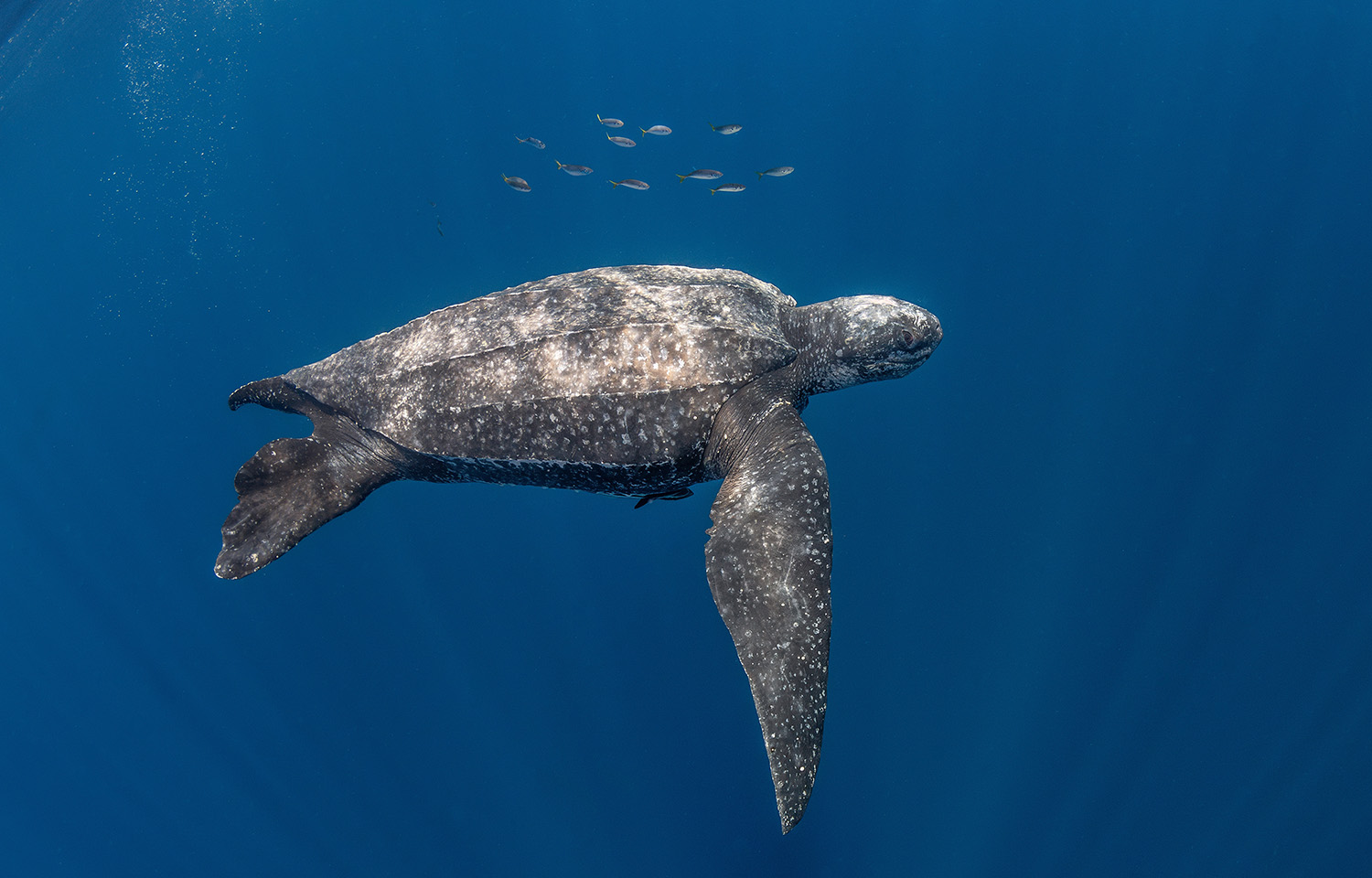The Center for Biological Diversity (CBD) and the Turtle Restoration Network have jointly filed a lawsuit against NOAA over the latter organization's alleged failure to protect Pacific leatherback sea turtles from becoming entangled in sablefish pot gear on the U.S. West Coast.
The lawsuit comes on the heels of NOAA Fisheries’ December 2023 decision to reopen about 2,000 square miles of critical sea turtle habitat for commercial sablefish harvesting. Typical sablefish pot gear entails the use of long, vertical lines that can entangle sea turtles.
“Leatherbacks are drowning horrible deaths or being seriously injured when they get entangled in pot traps, and this must stop immediately,” Turtle Island Restoration Network Founder Todd Steiner said. “With only a [few] thousand adult leatherbacks left in the Pacific, every single leatherback is critical to the survival of the species. Their fate is in our hands, and time is running out.”
NOAA Fisheries reported two sea turtle strandings – one in 2015 and one in 2019 – that had evidence of fishery interactions, according to the lawsuit, and the organization noted in its final rule that “there has not been a documented interaction with a leatherback sea turtle in the groundfish fishery since 2008.”
Three other strandings were attributed to crab pot gear between 2015 and 2019.
In its response to the CBD’s concerns, NOAA Fisheries argued that increasing the area open to fishing could reduce the likelihood of sea turtle entanglement since it will allow fishers to spread their traps over a wider area.
“NMFS is not aware of any information – and CBD has failed to provide any supporting information – that indicates that the action presents a notable increase in potential exposure to sea turtles,” the agency said in its final rule.
Nevertheless, the CBD and the Turtle Restoration Network argue that pot gear still poses an existential threat to the already fragile sea turtle population. The groups claim that the West Pacific leatherback will be “effectively extinct within 20 years” if current population trends continue.
“It’s horrific that hungry leatherback sea turtles have to navigate a vast maze of fishing pot strings after migrating thousands of miles to California,” Catherine Kilduff, a CBD attorney, said. “These areas have already been designated critical habitat for the sea turtles, and they shouldn’t be a death trap. The federal government was irresponsible in rubber-stamping the reopening of these areas to dangerous sablefish pots. Leatherbacks are on the verge of extinction, and we can’t let them be killed by commercial fishing gear.”
The CBD previously petitioned NOAA Fisheries to require trap fisheries to convert to ropeless gear – an action that has also been discussed and tested in an effort to reduce the risk of whale entanglement.
Photo courtesy of Shutterstock/wildestanimal







